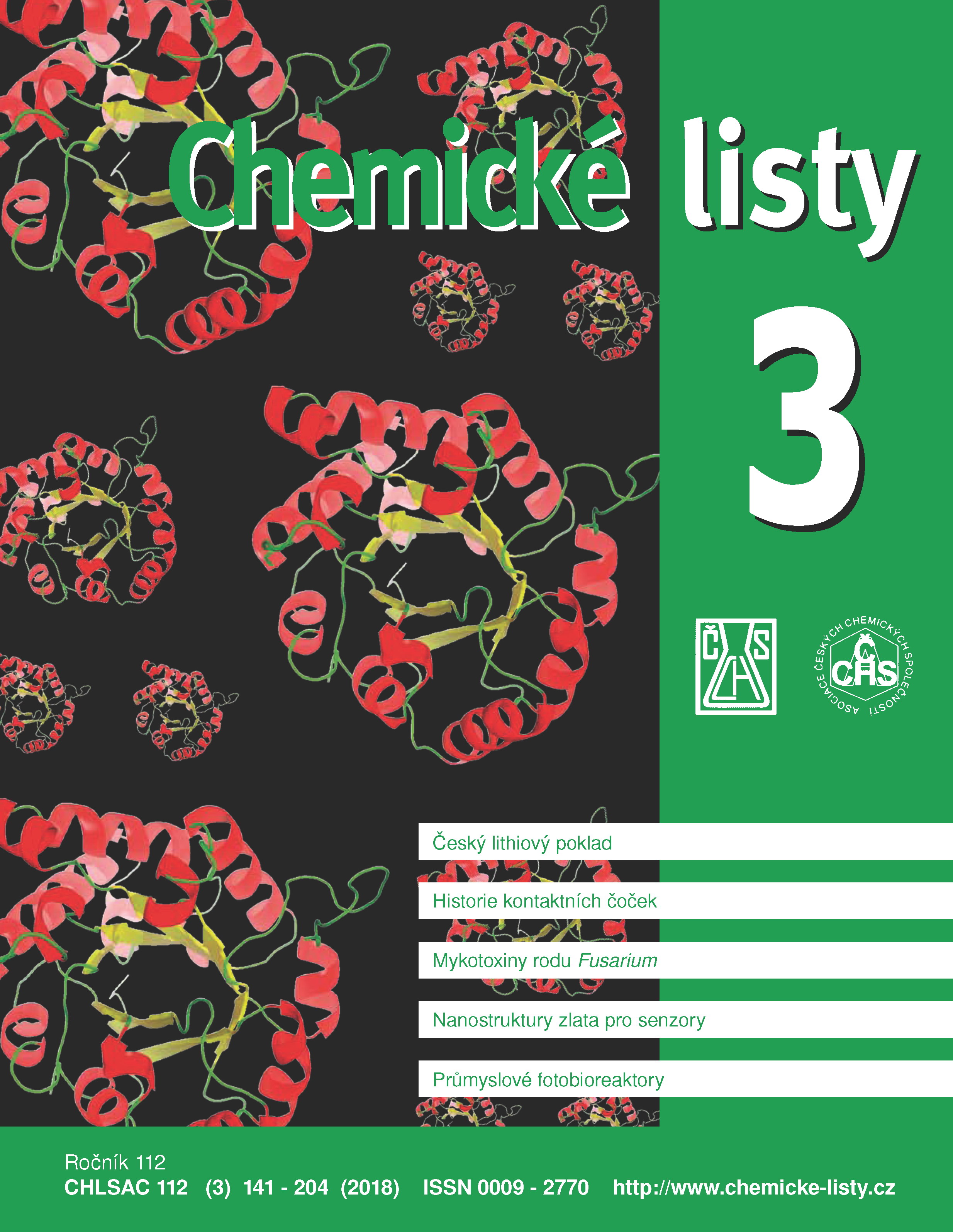Advances and Utilization of Microextraction Techniques for Analysis of Pesticide Residues in Food
Keywords:
extraction, food samples, liquid-phase microextraction, pesticides, residues, sorption based microextractionAbstract
The paper deals with the progress and applicability of microextraction methods in pesticide residues analysis. The major common objectives of new microextraction techniques are to isolate the analyte of interest from the sample, to remove potential interferences from the sample matrix, and, if necessary, to increase the concentration of the target compounds at a level detectable by the subsequent analytical instrumentation, with the special focus on avoiding any toxic solvent or using it at low volumes only, simplicity, ease of operation, and the ecological aspect of the method. The techniques are classified according to the main extraction principle to the liquid phase microextractions and those based on the sorption principle. Combinations of conventional and microextraction techniques are evaluated.





